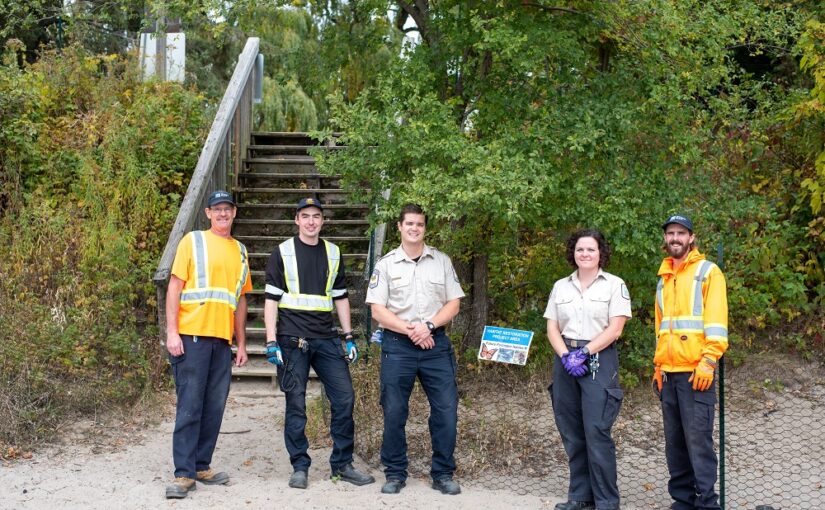Did you buy something from our online holiday store last year? In today’s post, Monica Fromberger, an ecologist at Darlington Provincial Park, talks about some of the vital protection work your purchase helped fund!
Darlington is hard at work this fall with some ecological integrity projects to preserve habitats for different species throughout the park.
Step 1: Beach bluff fencing
If you’ve visited Darlington before, you’ll likely be familiar with the park’s beautiful beach and the spacious picnic area overlooking Lake Ontario.
Unfortunately, the small bluff that connects these two areas is rapidly eroding.
This is partially due to unpermitted use by some visitors.
We know that it can be fun to run up and down a steep slope, however, this is not only a health and safety risk, but it also contributes to the erosion of this sensitive habitat area.

Foot traffic on the bluff tramples the native plants like milkweed and many others that grow there. With an absence of these plants and their roots in the soil, rainwater easily washes away and erodes the sandy earth off the bluff and down to the beach below.

To aid in protecting this sensitive area from further erosion and preserving the bluff, staff have installed temporary fencing to allow existing plants time to get re-established.
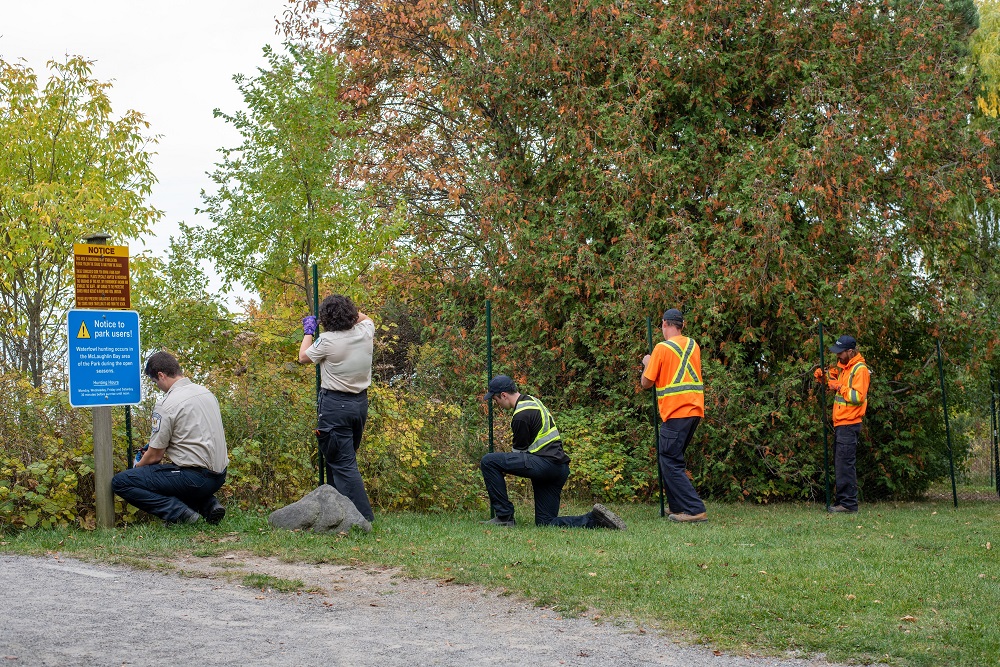
This newly undisturbed habitat area provides a perfect space to introduce more native plants that can be beneficial for pollinators like bees and butterflies, and also provides an opportunity to engage with local Indigenous communities.
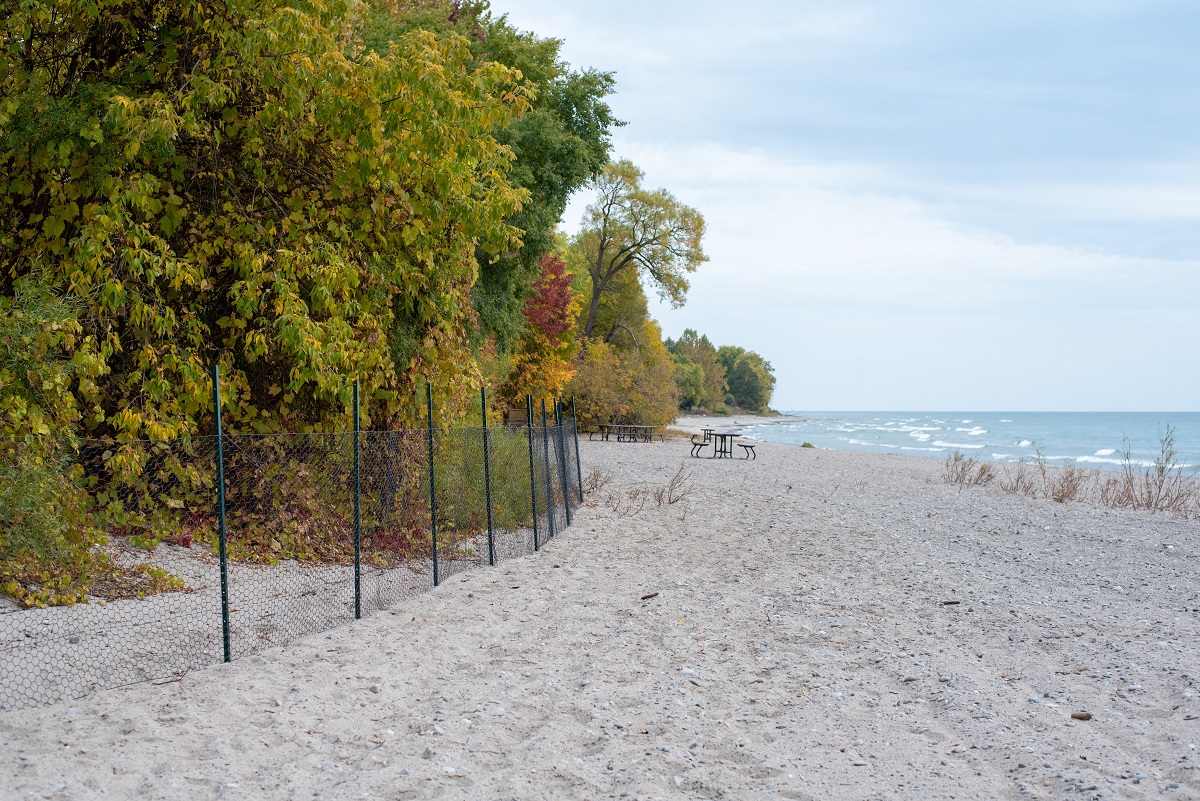
This past August, community members from Curve Lake First Nation came to the park to discuss this project and see the area staff plan to restore.
We’re excited to collaborate with Indigenous partners to help us understand which native plants would be best for this space.
These projects also provide better opportunities for Indigenous peoples to exercise their constitutional rights to harvest for food, ceremony, or social purposes within the park.
Step 2: Planting
The next stage of this project will be to plant the carefully selected native plant species into the newly fenced bluff area.
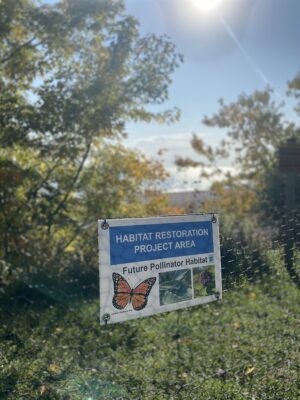 Once the plants have had sufficient time to establish themselves in their new home, staff will remove the temporary fencing and install interpretive signage.
Once the plants have had sufficient time to establish themselves in their new home, staff will remove the temporary fencing and install interpretive signage.
These interpretive signs will not only provide details about the planted species and pollinators who may use them, but will also promote and celebrate Indigenous knowledge by including names of the plants in Indigenous languages and highlighting their cultural importance.
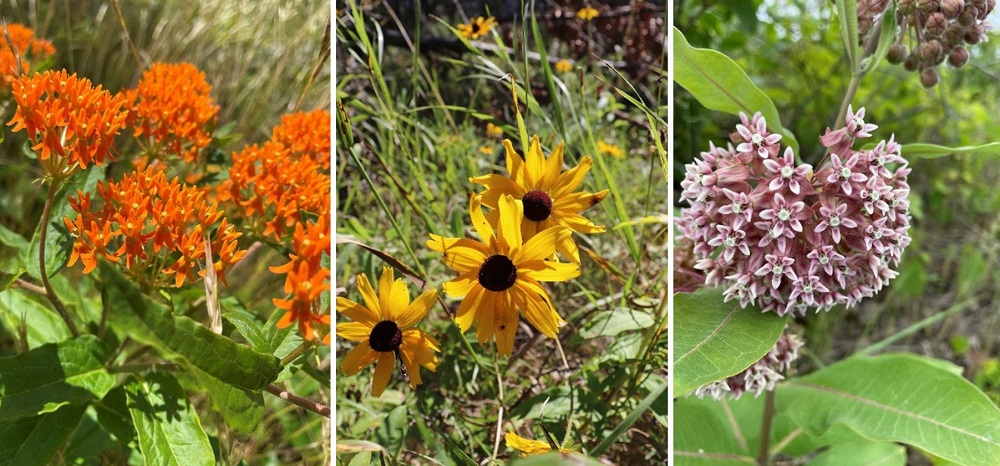
Our vision is to restore this eroding and disturbed area to one:
- where native plants and wildflowers thrive
- where pollinator species such as the Monarch Butterfly, a species at risk, can sip nectar by the beach, lay their eggs, and allow their next generation to grow
- where Indigenous community members can harvest plants that are important to their cultural practices
- where our visitors can come to learn about the benefits and importance of these plants and this newly restored piece of the park.
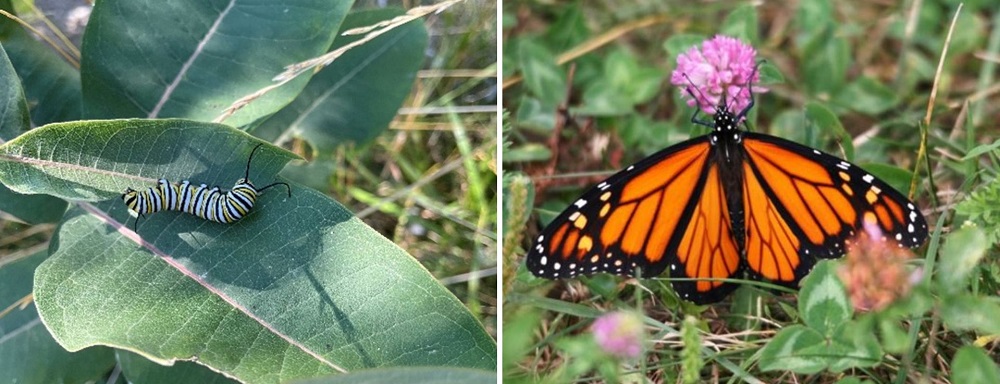
Interested in learning more about planting native plants or a pollinator garden?
Check out this blog from Emily Provincial Park and this one from Sibbald Point and Frontenac provincial parks.
Home tweet home
Staff have also built and installed bird boxes around the park to provide more homes for their beloved feathered friends.
We look forward to welcoming:
- Tree Swallows and Bluebirds to the new houses installed around the Day Use Area
- Barred Owls to new homes in our forested areas
- duck species, including Wood Ducks to our new duck boxes and Mallards to our new hen houses, around McLaughlin Bay
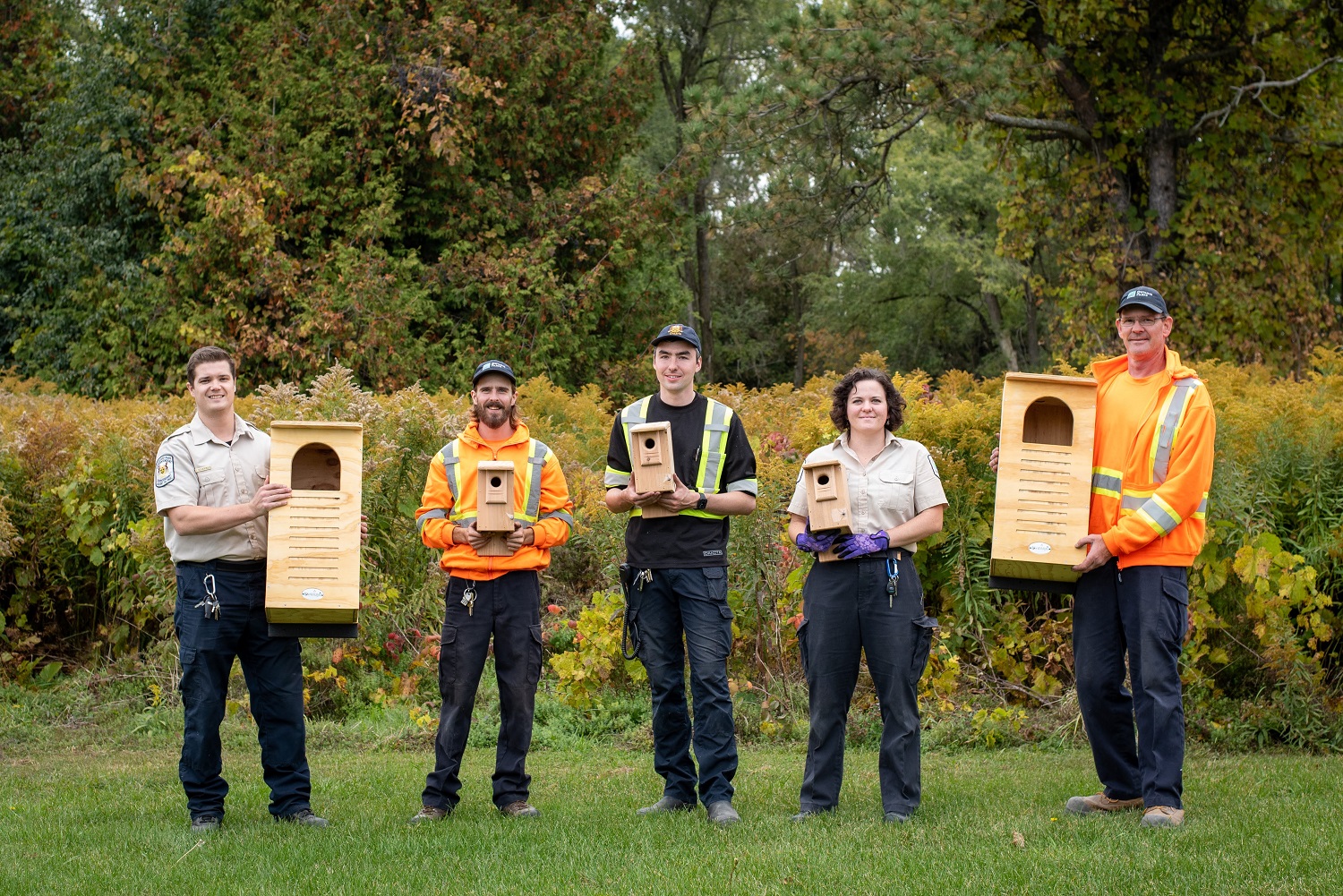
Please always give wildlife their space, especially nesting birds, so they can successfully raise their families.
If you are interested in building and installing your own bird boxes around your yard, check out Project NestWatch to learn more.
We are so proud of our environmental integrity and habitat restoration work, and grateful to the Ontario Parks supporters whose purchases at our 2021 online store funded this work.
Help us do even more in 2023! Put the Ontario Parks online store at the top of your holiday shopping list.
